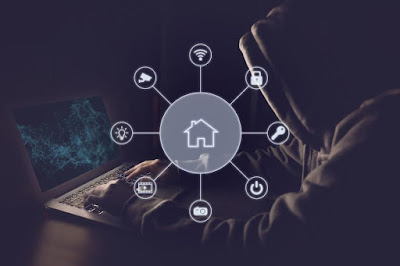4 Tips to Secure the Privacy of Your Home

Last Updated on February 6, 2019 Roughly around 325,000 homes across the US are broken into every year, usually in plain view. Altogether there are about 2.5 million burglaries reported and 66% of those are in homes. Most break-ins happen during the day when people are most likely to be out and about. There are certain things you can do to protect your home in order not to become a statistic. We’ve rounded up 4 tips to protect your home, your family, and belongings better. 1. Keep valuables out of sight It’s not difficult for anyone to just walk up and take a peek through one of your windows and see what you have lying around if you don’t have thick curtains or forgot to close them on your way out. While some items are not really meant to be moved around, like a TV screen, others are easier to move and keep out of view. Laptops, mobiles, all other small devices, purses, and wallets can all be put away when you’re out of the house. Even if your purse or wallet is


